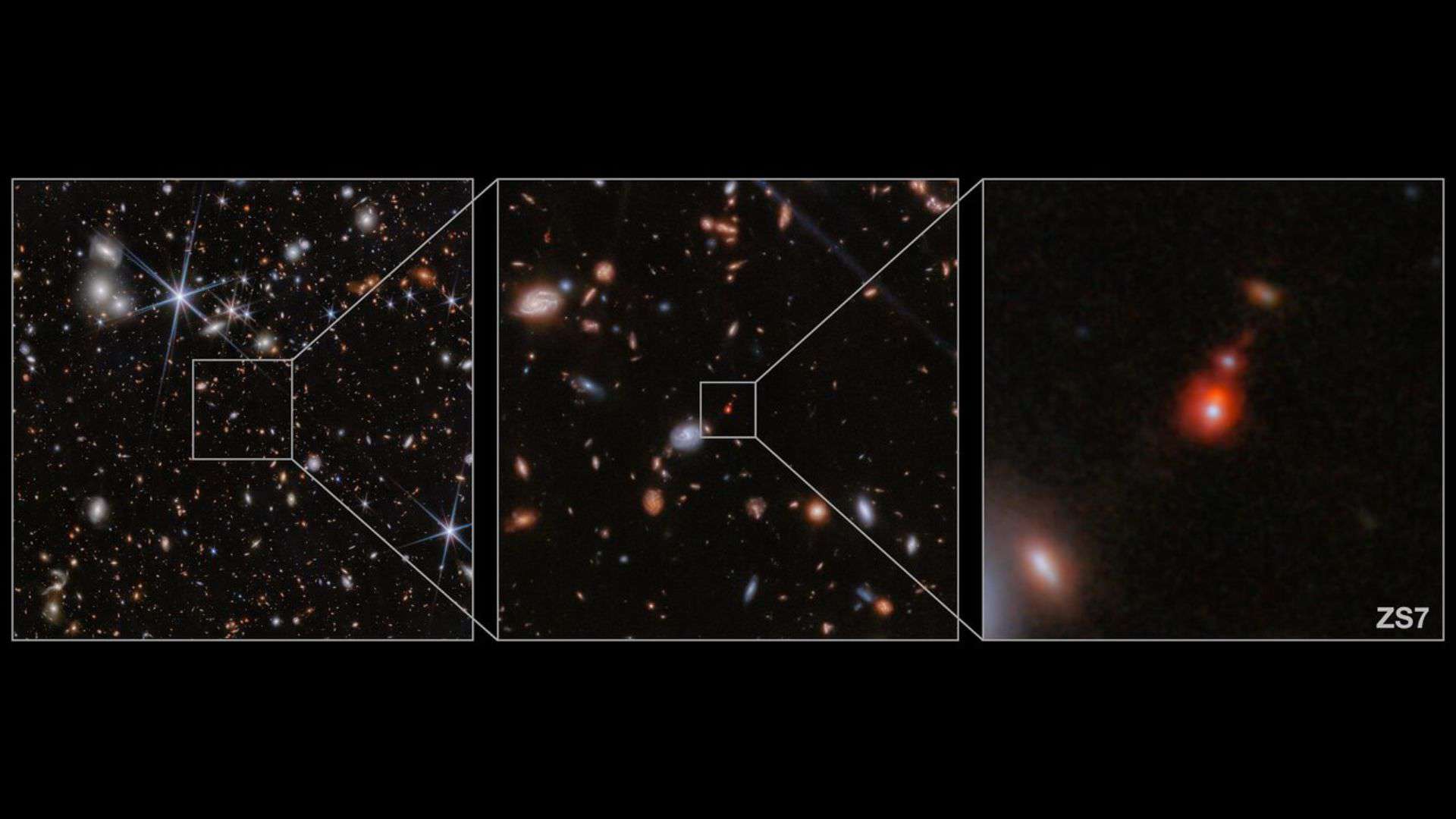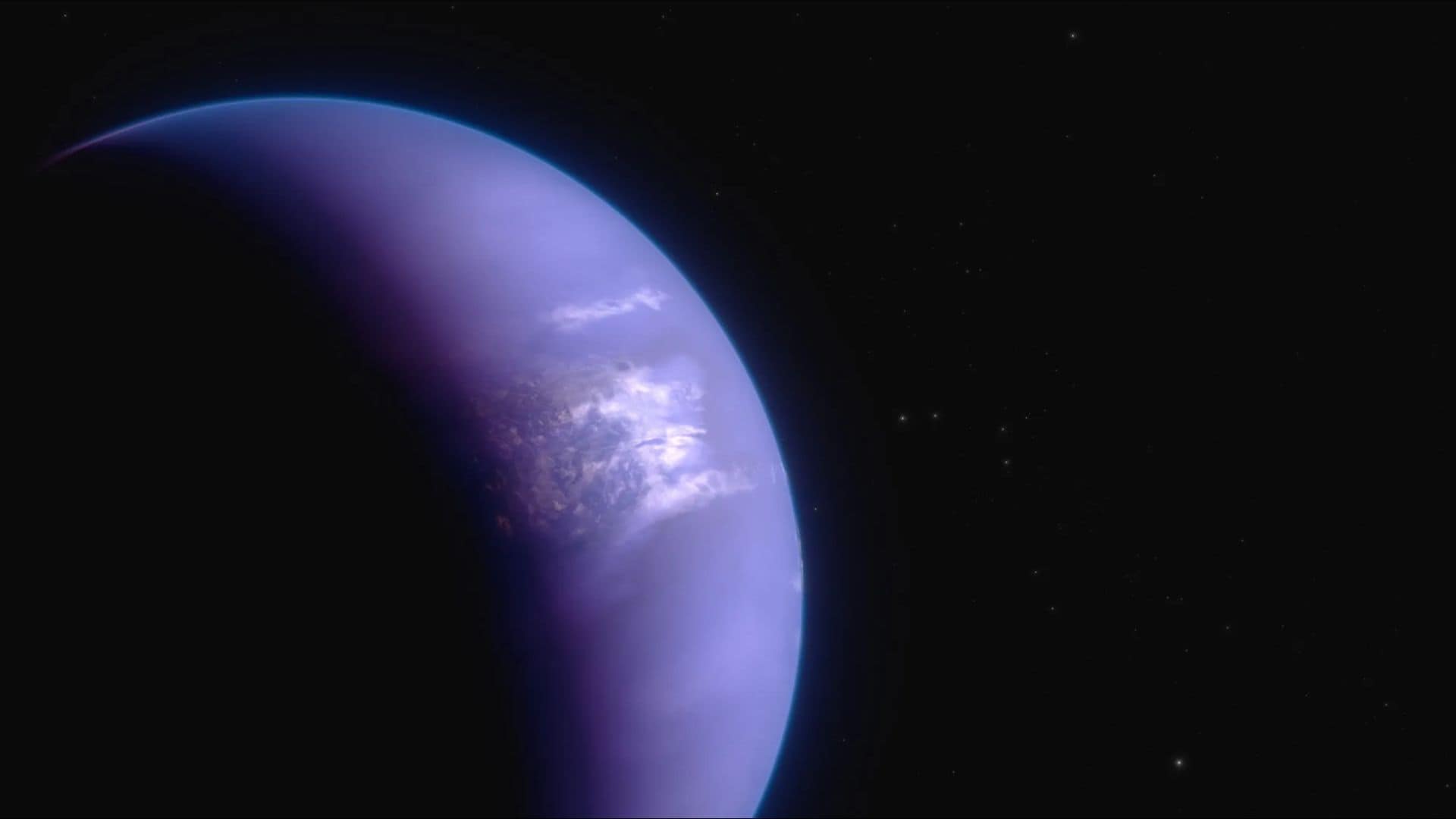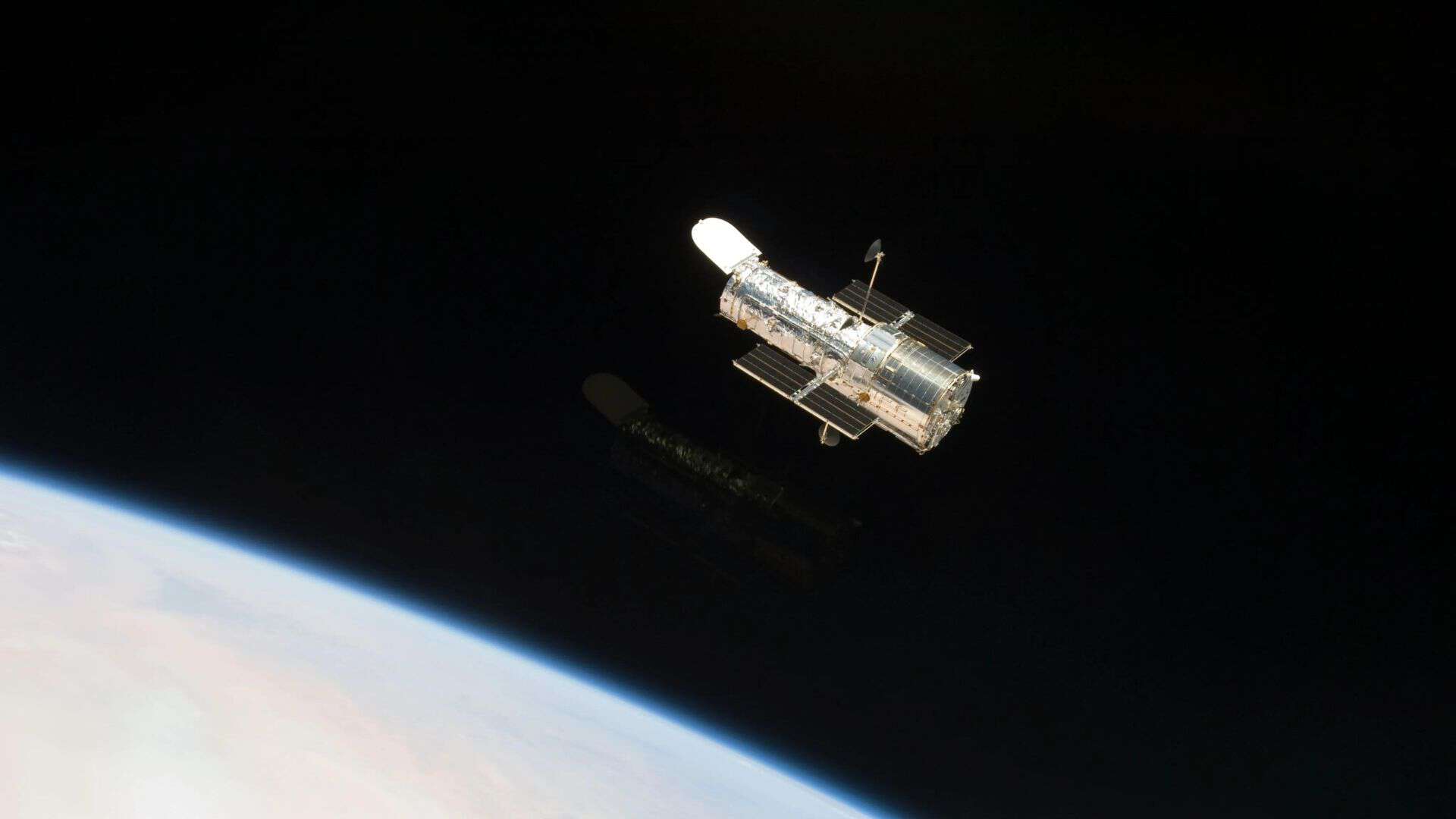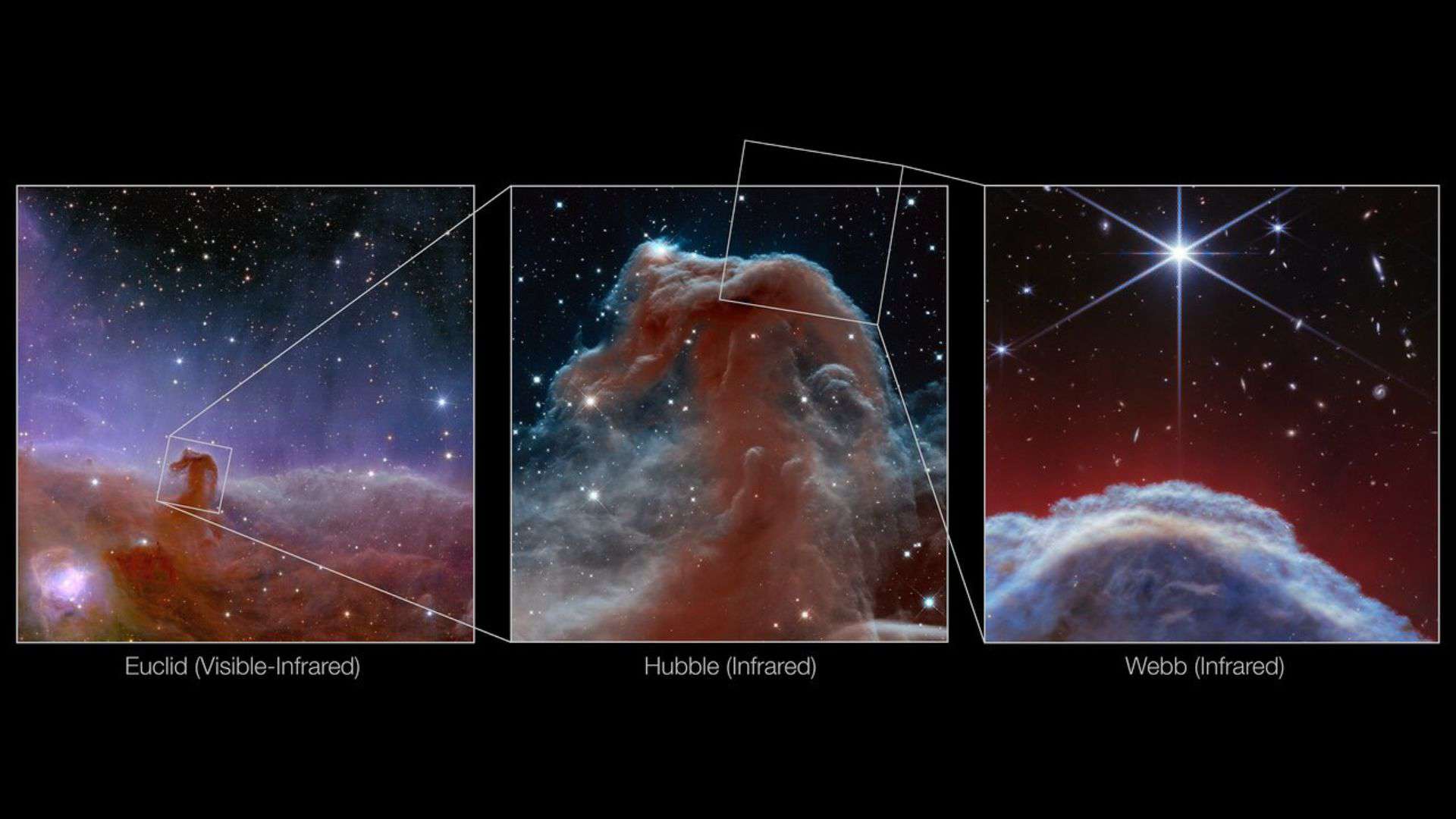Astronomers using the Very Large Telescope (VLT) of the European Southern Observatory (ESO) located in Chile have found the hungriest black hole ever, which is swallowing material equivalent to our sun per day, making it the fastest-growing black hole to date.
A new scientific paper has been published on the finding on February 19, 2024, in “Nature Astronomy.”
The lead author of the study, Christian Wolf, an astronomer at the Australian National University (ANU), said in a statement, “We have discovered the fastest-growing black hole known to date. It has a mass of 17 billion suns and eats just over a sun per day. This makes it the most luminous object in the known universe.”
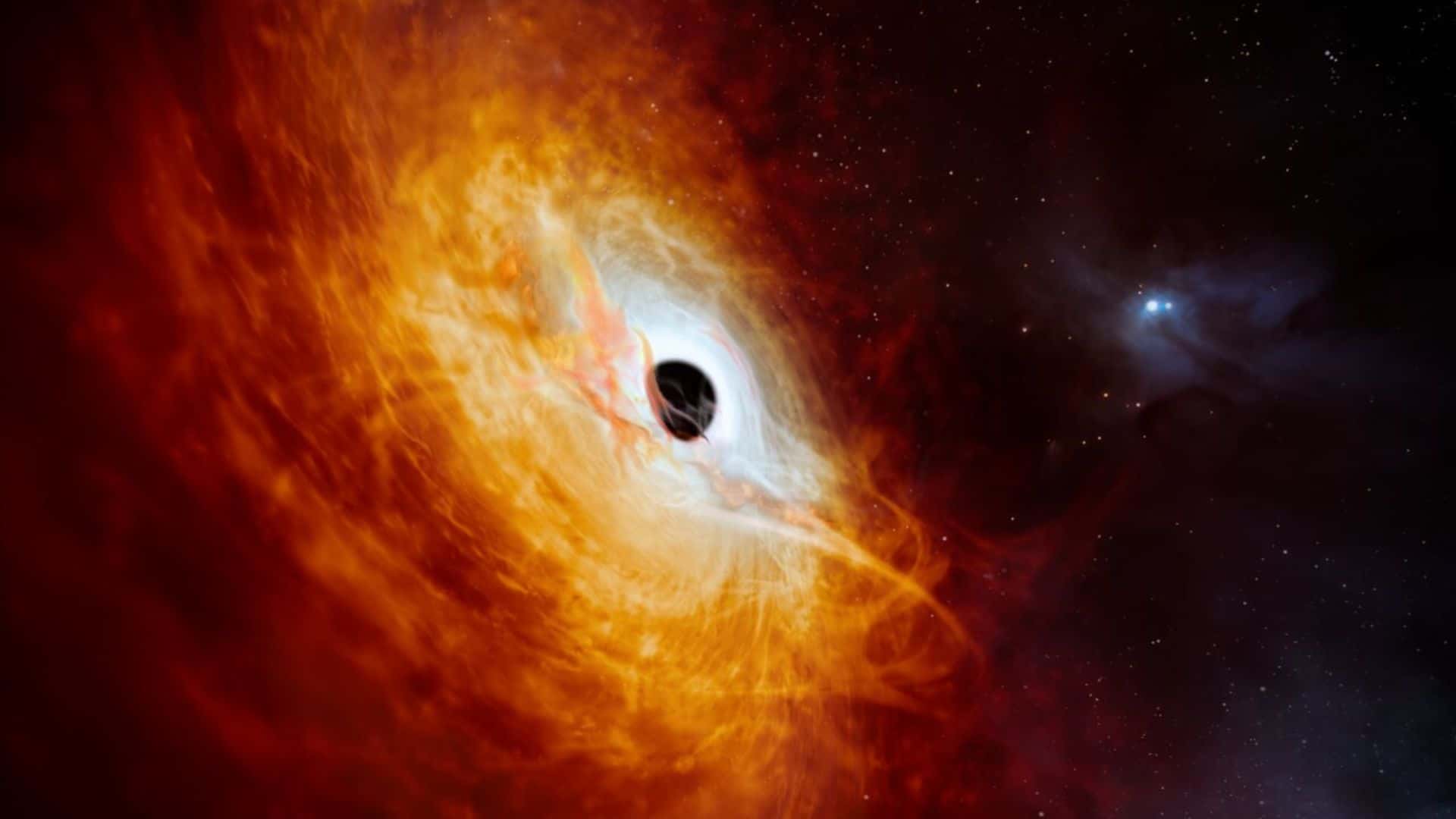
The supermassive black hole is seen here, which is pulling materials from the surroundings, has a mass 17 billion times that of our Sun, and is located 12 billion light-years away from us in the direction of the Pictor constellation.
As a result of pulling a huge amount of material from its surroundings, the black hole has created a disc around it with a diameter of seven light-years, which is equivalent to about 15 000 times the distance from the Sun to the orbit of Neptune.
“All this light comes from a hot accretion disc that measures seven light-years in diameter—this must be the largest accretion disc in the universe,” said ANU PhD student and co-author Samuel Lai.
Now this fastest-growing supermassive black hole has created the most luminous quasar in the universe to date, which astronomers have observed.
Astronomers named this quasar J0529-4351, which is over 500 trillion times more luminous than our sun.
Quasars are among the most luminous objects in the known universe. They are created when a supermassive black hole at the center of a galaxy devours materials and emits radiation across the entire electromagnetic spectrum.
Another co-author of the study, Christopher Onken, an astronomer at ANU, said in a statement, “It is a surprise that it has remained unknown until today, when we already know about a million less impressive quasars. It has literally been staring us in the face until now.”
He added that this object showed up in images from the ESO Schmidt Southern Sky Survey dating back to 1980, but it was not recognized as a quasar until decades later.
The researchers identified it as a distant quasar in 2023 using observations from the ANU 2.3-meter telescope at the Siding Spring Observatory in Australia.
However, it required a larger telescope and a more precise instrument to prove it to be the most luminous quasar ever observed. The X-shooter spectrograph on ESO’s VLT in the Chilean Atacama Desert provided the crucial data.
Please follow us on Facebook and Twitter to get latest space news, upcoming skywatching events and astronomy-related content.
